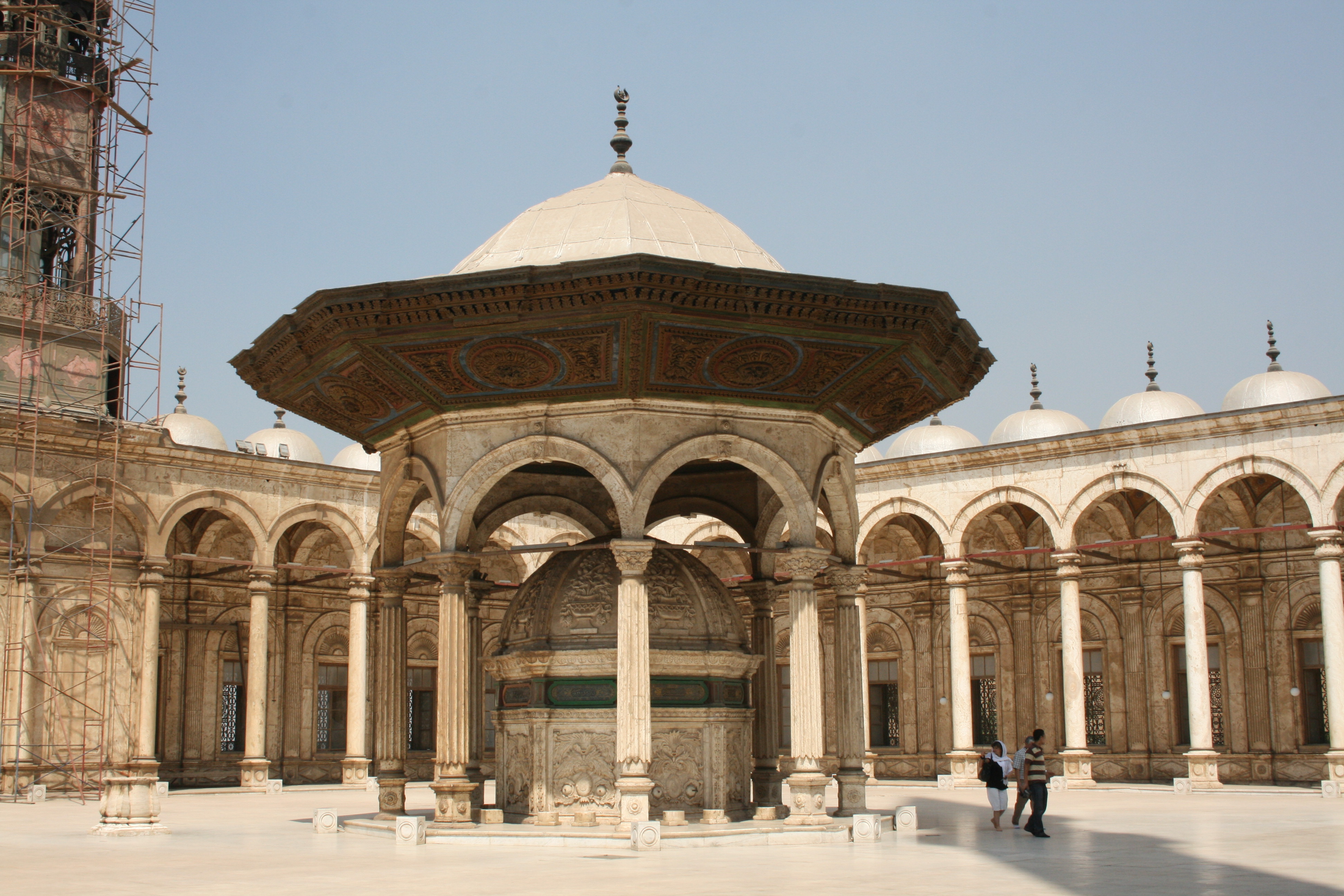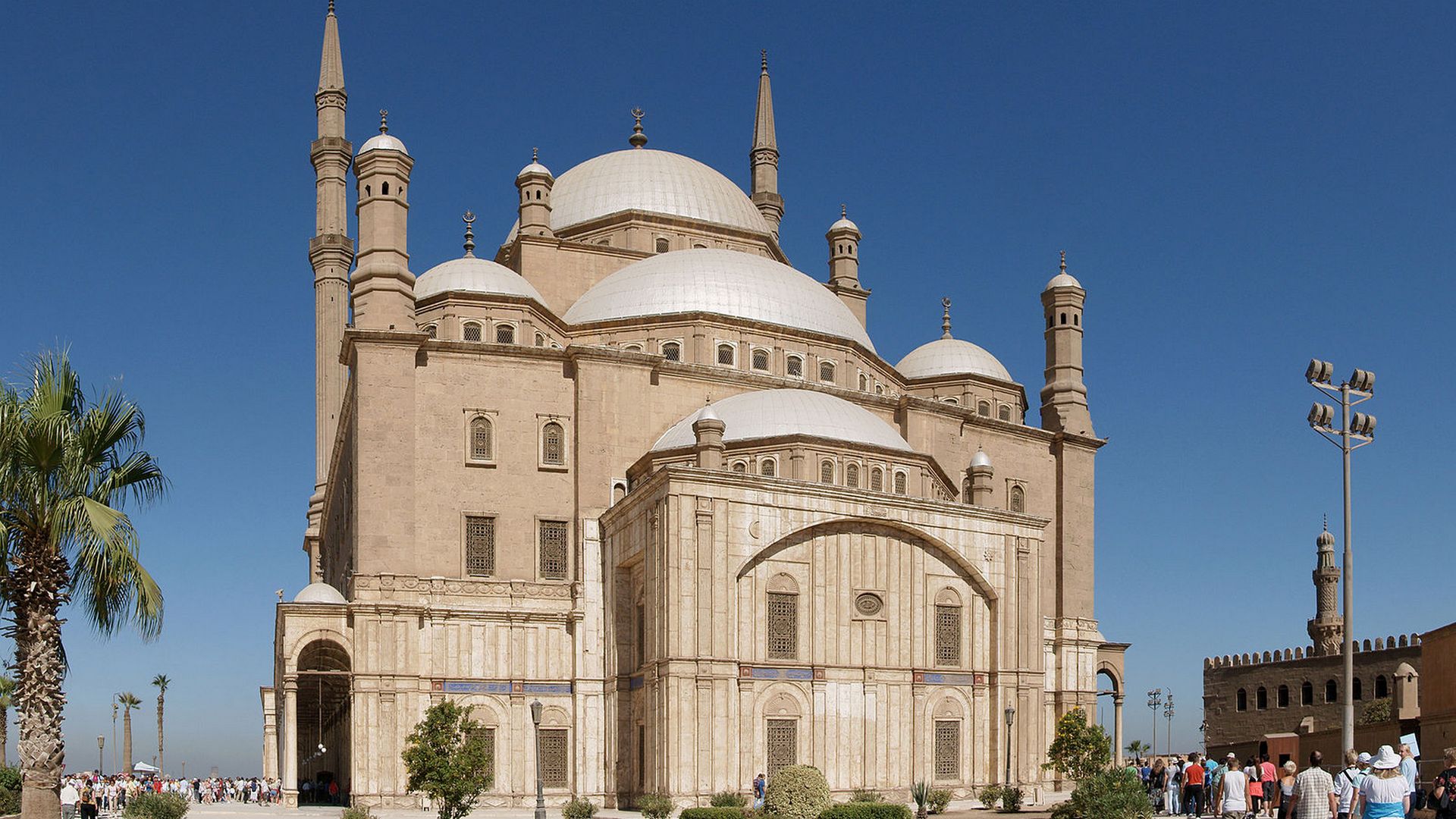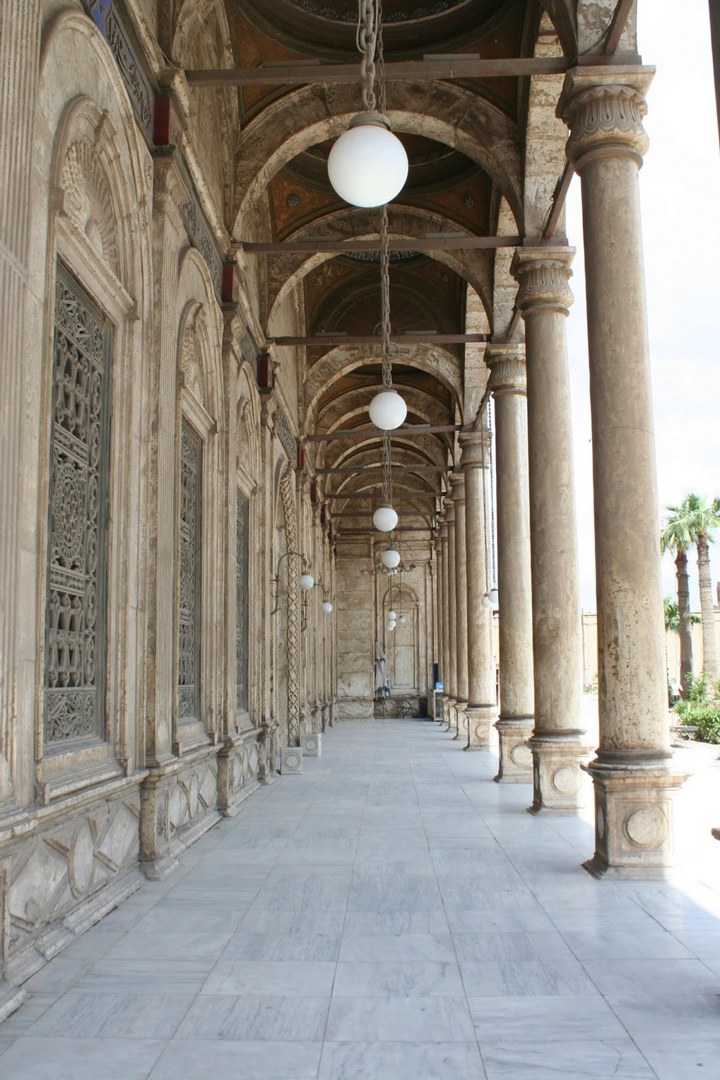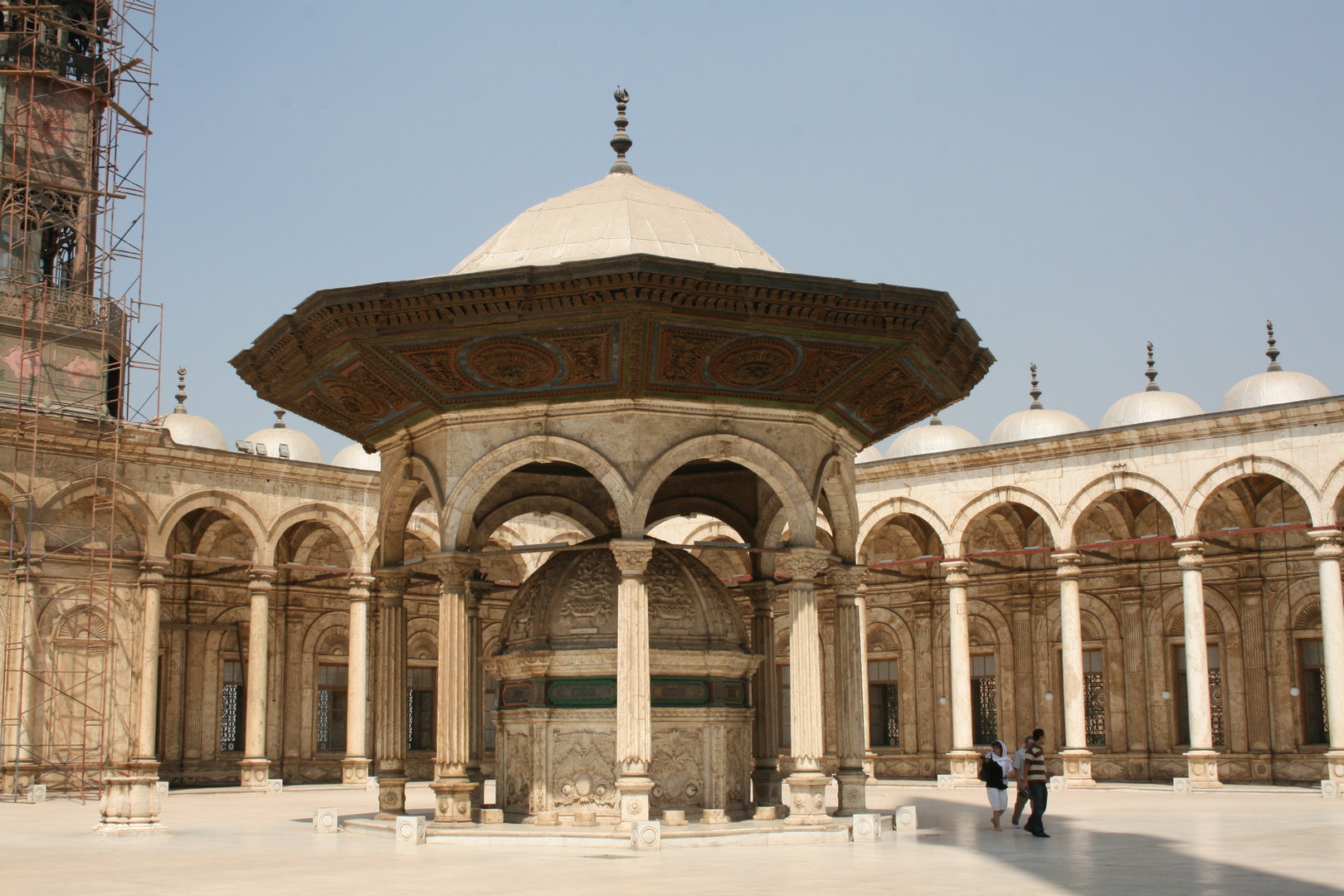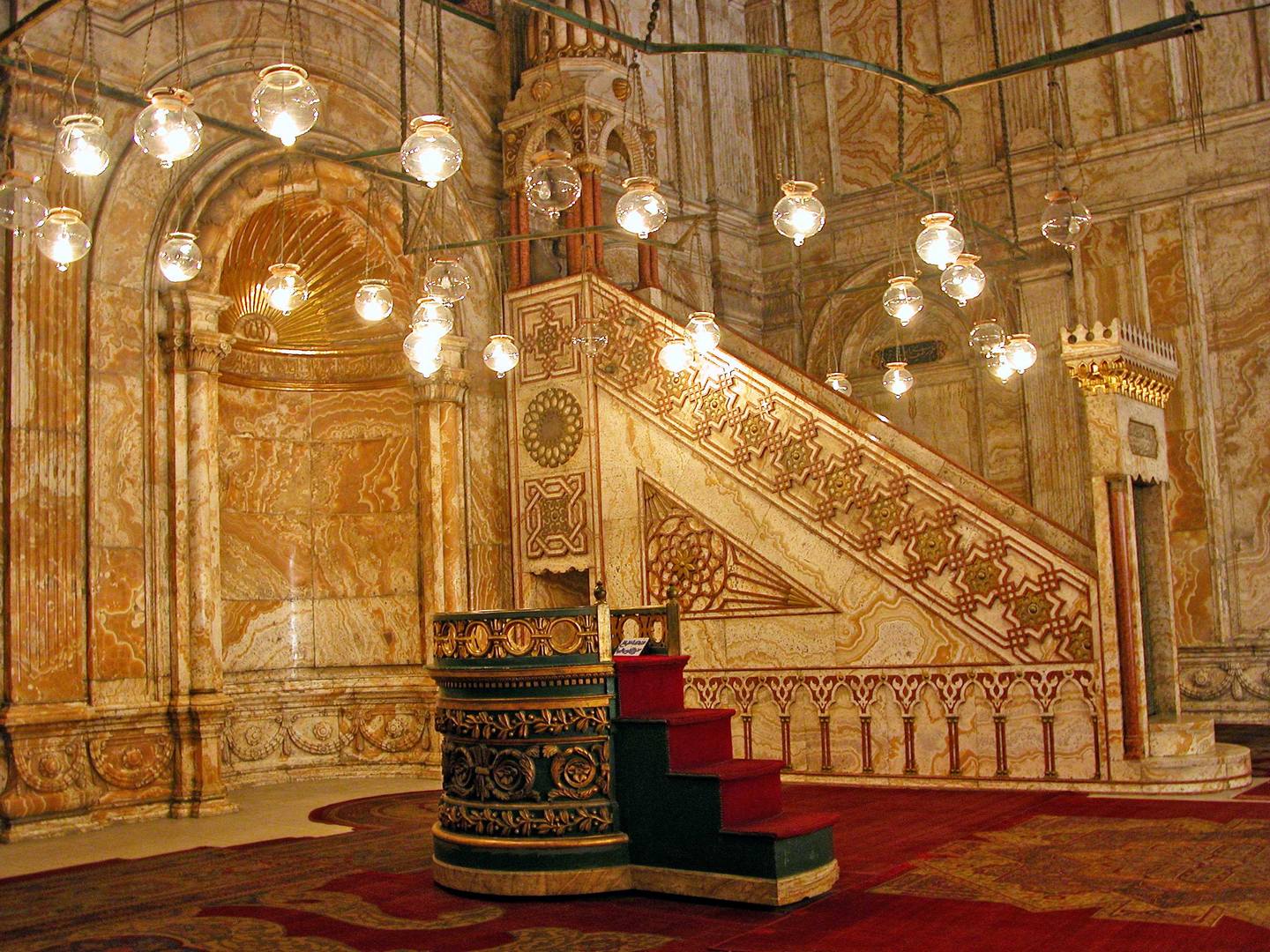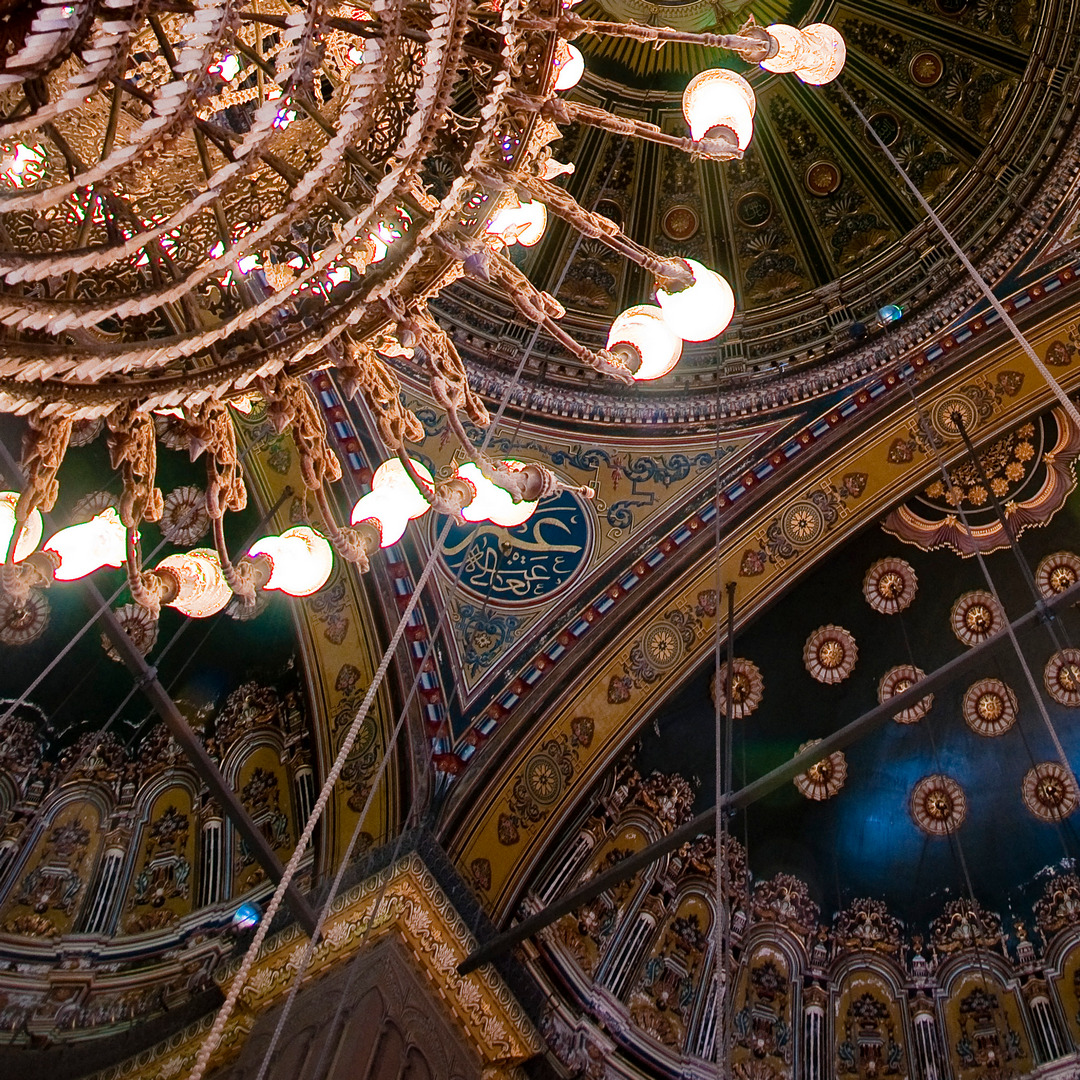Description
Property Name: Mosque of Muhammad Ali
Inventory No: 20-2-16
Date of infill of the inventory form: 2008-01-02
Country (State party): Egypt
Province: Cairo
Town:
Geographic coordinates: 30° 1′ 43.56″ N
31° 15′ 35.82″ E
Historic Period: Late Ottoman (1792-1922)
Year of Construction: 1830-1848
Style: Late Ottoman
Original Use: Mosque
Current Use: Mosque
Architect: Yusuf Boşnak
Significance
One of the most important landmarks of Cairo is the mosque of Muhammad Ali in Citadel. The architectural features of the mosque bears Ottoman influences. The architect, Yusuf Boşnak, constructed a simplified version of the plan of the mosques of Şehzade Mehmed, Yeni Cami and Sultan Ahmed in Istanbul. This mosque has a big central dome, flanked by four semi-domes and small domed sections at the corners. Next to the mosque, a big courtyard is attached with an arcade that surrounds all sides of it. The architectural ornaments bear influences of European Classicism. Thus, this complex is an important representative of the Egyptian architecture in 19th century.
Selection Criteria
v. to be an outstanding example of a traditional human settlement, land-use, or sea-use which is representative of a culture (or cultures), or human interaction with the environment especially when it has become vulnerable under the impact of irreversible change
vi. to be directly or tangibly associated with events or living traditions, with ideas, or with beliefs, with artistic and literary works of outstanding universal significance
State of Preservation
In 1899 the mosque showed signs of cracking and some inadequate repairs were undertaken. But the condition of the mosque became so dangerous that a complete scheme of restoration was ordered by King Fuad in 1931 and was finally completed under King Farouk in 1939.
References
Abdullatif Al Fozan Award Website: http://mosqpedia.org
Michell, George. Architecture of the Islamic World: Its History and Social Meaning. Thames and Hudson, London, 1978.


